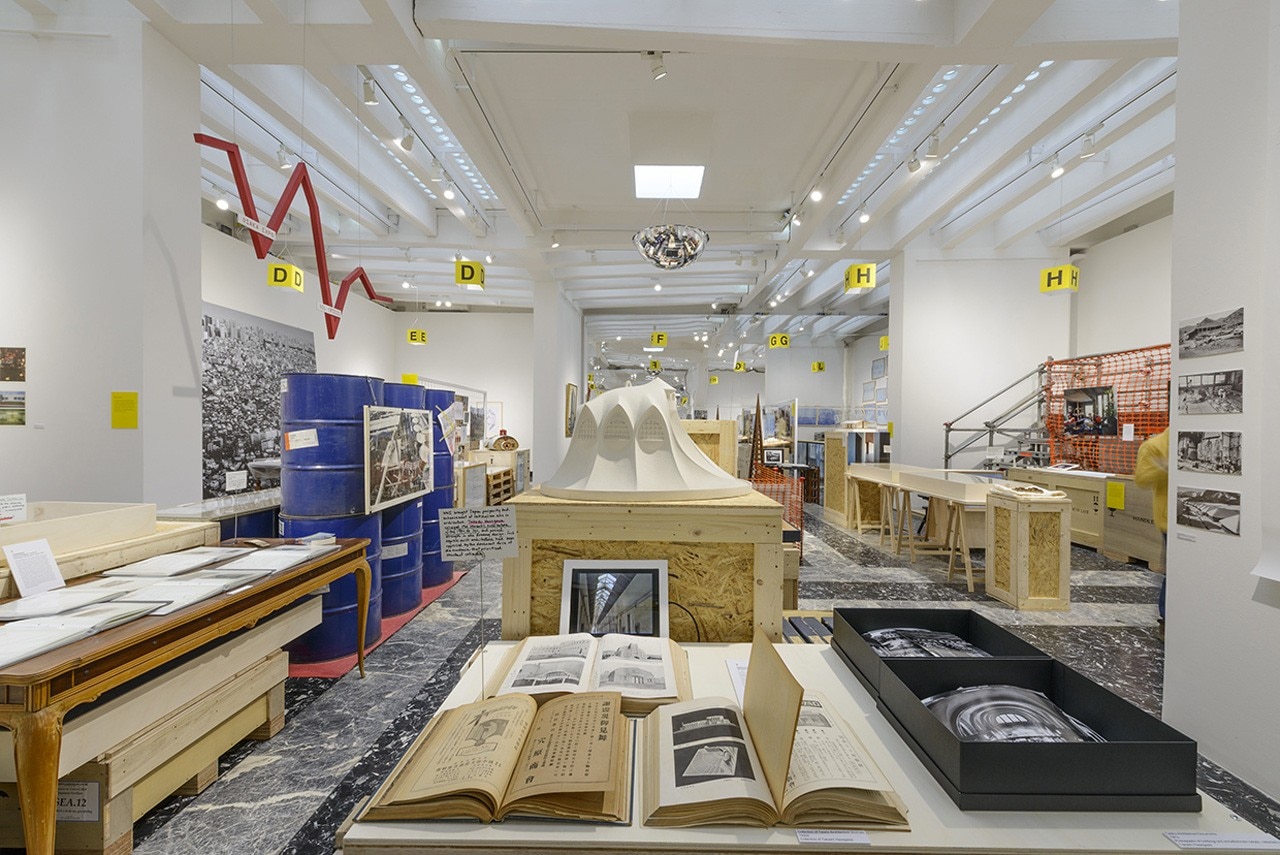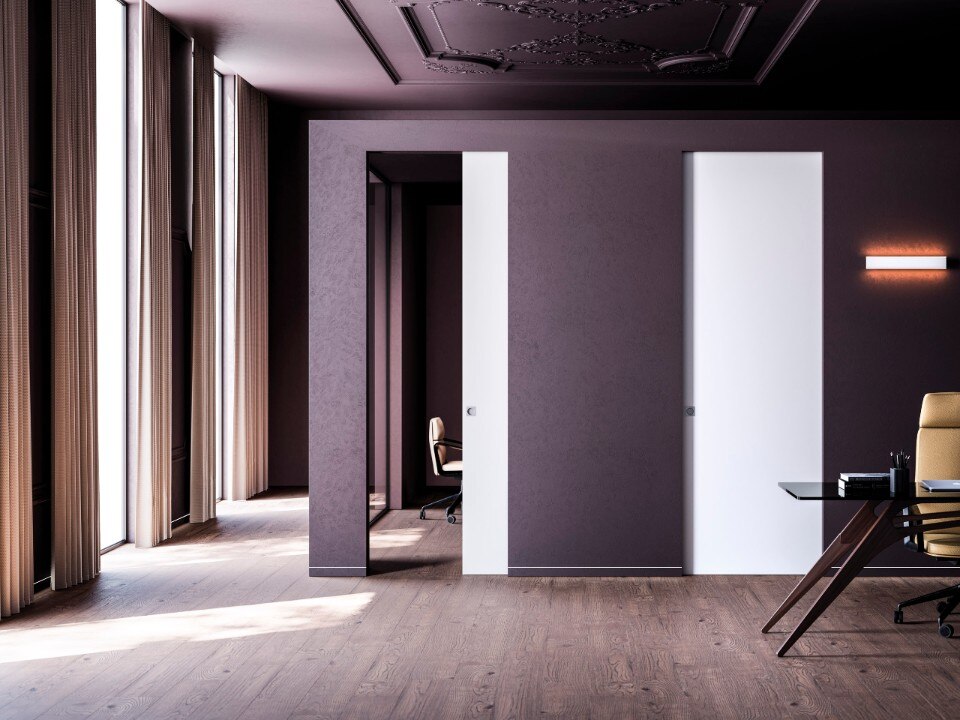
Some of them carried out genuine analysis in the field, documenting through maps and photographs the actual architecture of the cities. "Architectural Detective Agency" was a group of historians who in 1974 with the participation of a very young "detective" Teronobu Fujimori, meticulously recorded the traditional everyday elements of Japanese architecture.
In other cases, experimental designs that looked at the minimal space required for living and modes of development for complex communities in the cities provided opportunities for reflection and debate.



Japan
In the real world
Commissioner: Kayoko Ota
Deputy commissioners: Keiko Tasaki, Manako Kawata, Yoko Oyamada
Curator: Norihito Nakatani
Deputy curators: Hiroo Yamagata, Keigo Kobayashi, Jin Motohashi
Location: Pavilion at Giardini

Untill 23 November 2014
14. Biennale di Architettura
Fundamentals
Giardini di Castello, Venice

Visual harmony and aesthetic
Now, more than ever, interior design is a balance of form and function, a dialogue between architecture, materials and finishes that transform and make the most of the space involved.


